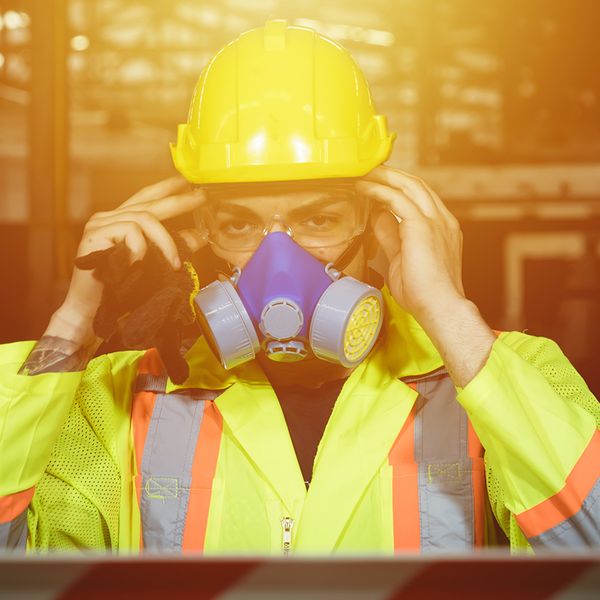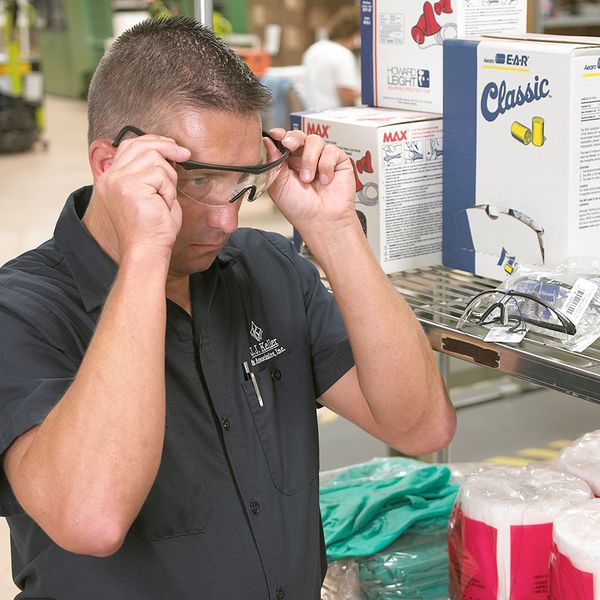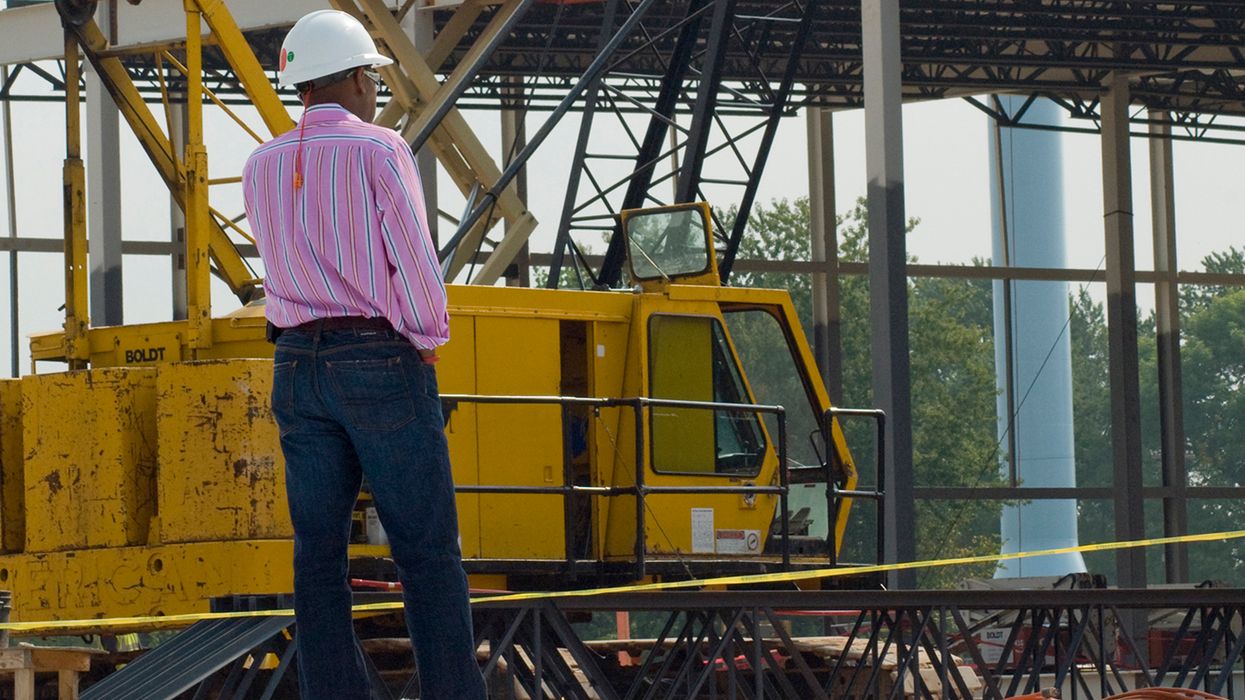Include a written certification with your PPE hazard assessment
Employers must evaluate the workplace to determine if hazards are present that may require the use of personal protective equipment (PPE). OSHA does not expect extensive documentation. The agency does, however, require employers to certify in writing that the hazard assessment was performed.
One of the “root causes” of workplace injuries, illnesses, and incidents is the failure to identify or recognize hazards or anticipate likely hazards. A critical element of any effective safety and health program is a proactive, ongoing process to identify and mitigate hazards. Ideally, the employer would eliminate or reduce hazards using engineering or administrative controls. Where such controls cannot lower the risk to acceptable levels, employers will need to provide PPE.
| Curious to know more about personal protective equipment? Click here to view our ezExplanation on the topic! |
What is a hazard?
A workplace hazard is an uncontrolled condition or activity that can result in injury or illness. They stem from routine, nonroutine, and emergency situations. Typical hazards, which may benefit from the use of PPE, include:
- Biological (infectious diseases)
- Chemical (solvents, adhesives, paints, toxic dusts, etc.)
- Ergonomic (heavy lifting, repetitive motions, vibration)
- Mechanical (moving parts of machinery, wearing loose clothing/jewelry/long hair that may get caught in machinery)
- Physical (noise, radiation, extreme temperatures, electric shock, etc.)
What is a hazard assessment?
The employer is most capable of evaluating the hazards of a particular workplace. They must use their knowledge to select the appropriate PPE for the work being performed. Procedures should be put in place to continually identify new hazards. When performing a hazard assessment, employers should:
- Collect and review information about the hazards present or likely to be present, including interviews with employees;
- Conduct initial and periodic inspections to identify new or recurring hazards;
- Investigate injuries, illnesses, incidents, and near misses to determine the underlying hazards;
- Consider hazards associated with emergency or non-routine situations such as confined space entry or maintenance that requires lockout; and
- Determine the severity and likelihood of incidents that could result for each hazard identified.
What is included in a hazard assessment certification?
OSHA compliance officers and affected employees will need some form of record that the hazard assessment has been performed. Employers can verify compliance with 1910.132(d) through a written certification, which includes:
- Identification of the workplace being evaluated;
- Name of the person conducting the hazard assessment;
- Date(s) of the hazard assessment; and
- Identification of the document certifying completion of the hazard assessment.
OSHA will review the employer’s certification to determine if the employer conducted an adequate hazard assessment in addition to inspecting the areas where PPE is required.
Key to remember: The hazard assessment certification provides a record that the employer selected appropriate PPE for a particular workplace situation.
































































